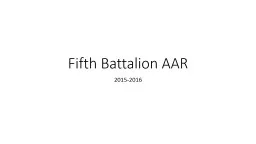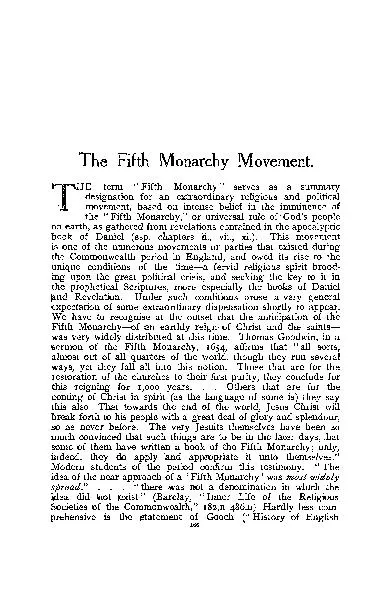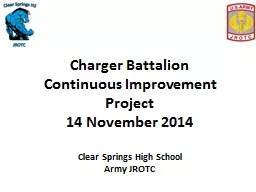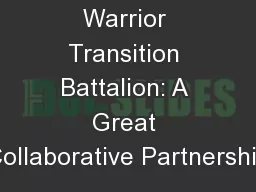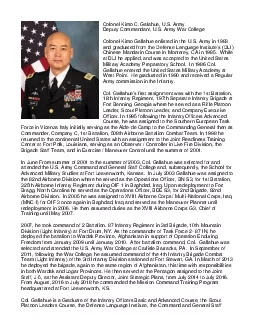PPT-Fifth Battalion AAR
Author : calandra-battersby | Published Date : 2017-03-21
20152016 ISSUE Cadet Commanders CSMs 1SGs lack full understanding of the White Book and Blue Book DISCUSSION Recognizing that the White Book is in dire need
Presentation Embed Code
Download Presentation
Download Presentation The PPT/PDF document "Fifth Battalion AAR" is the property of its rightful owner. Permission is granted to download and print the materials on this website for personal, non-commercial use only, and to display it on your personal computer provided you do not modify the materials and that you retain all copyright notices contained in the materials. By downloading content from our website, you accept the terms of this agreement.
Fifth Battalion AAR: Transcript
Download Rules Of Document
"Fifth Battalion AAR"The content belongs to its owner. You may download and print it for personal use, without modification, and keep all copyright notices. By downloading, you agree to these terms.
Related Documents

